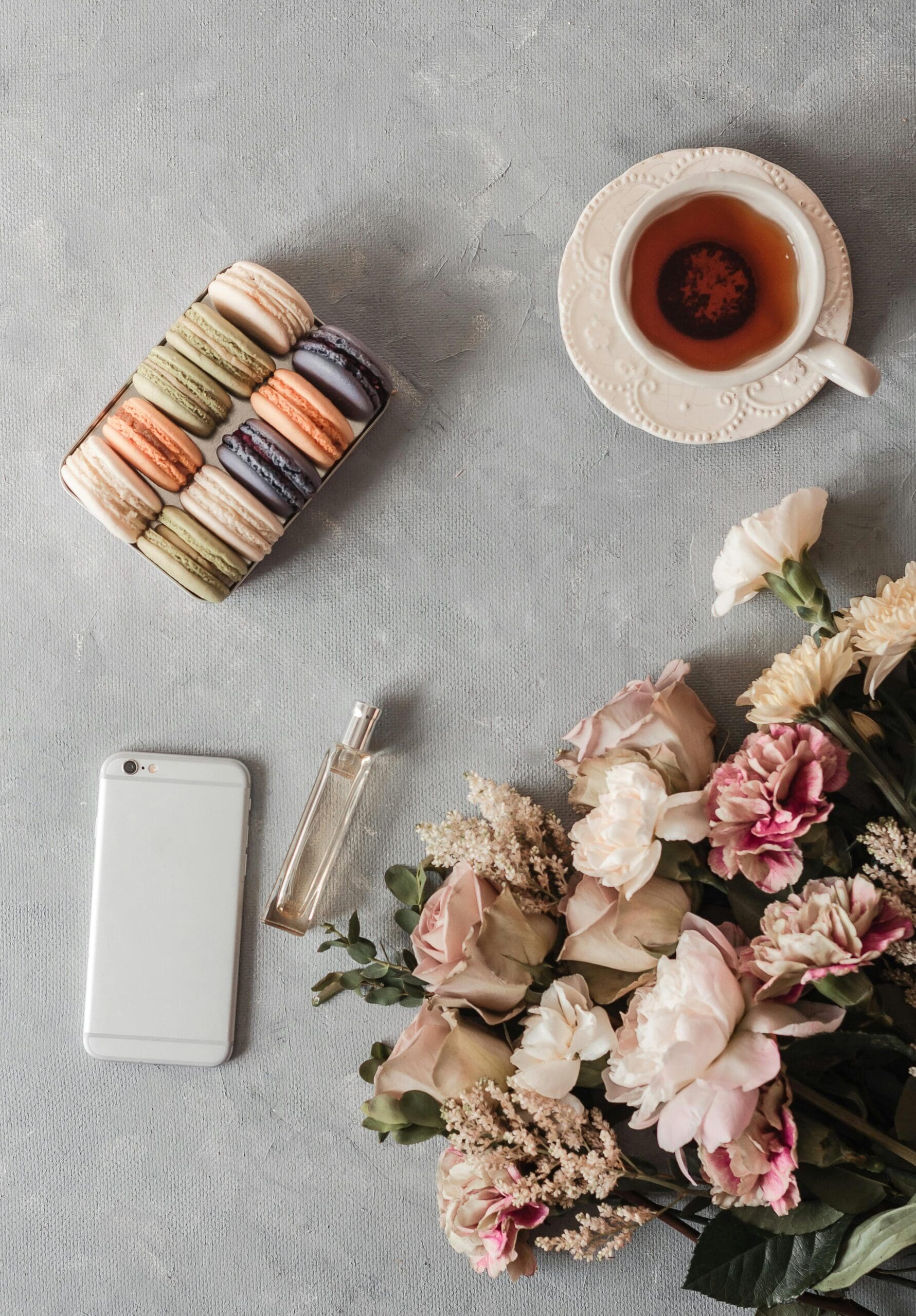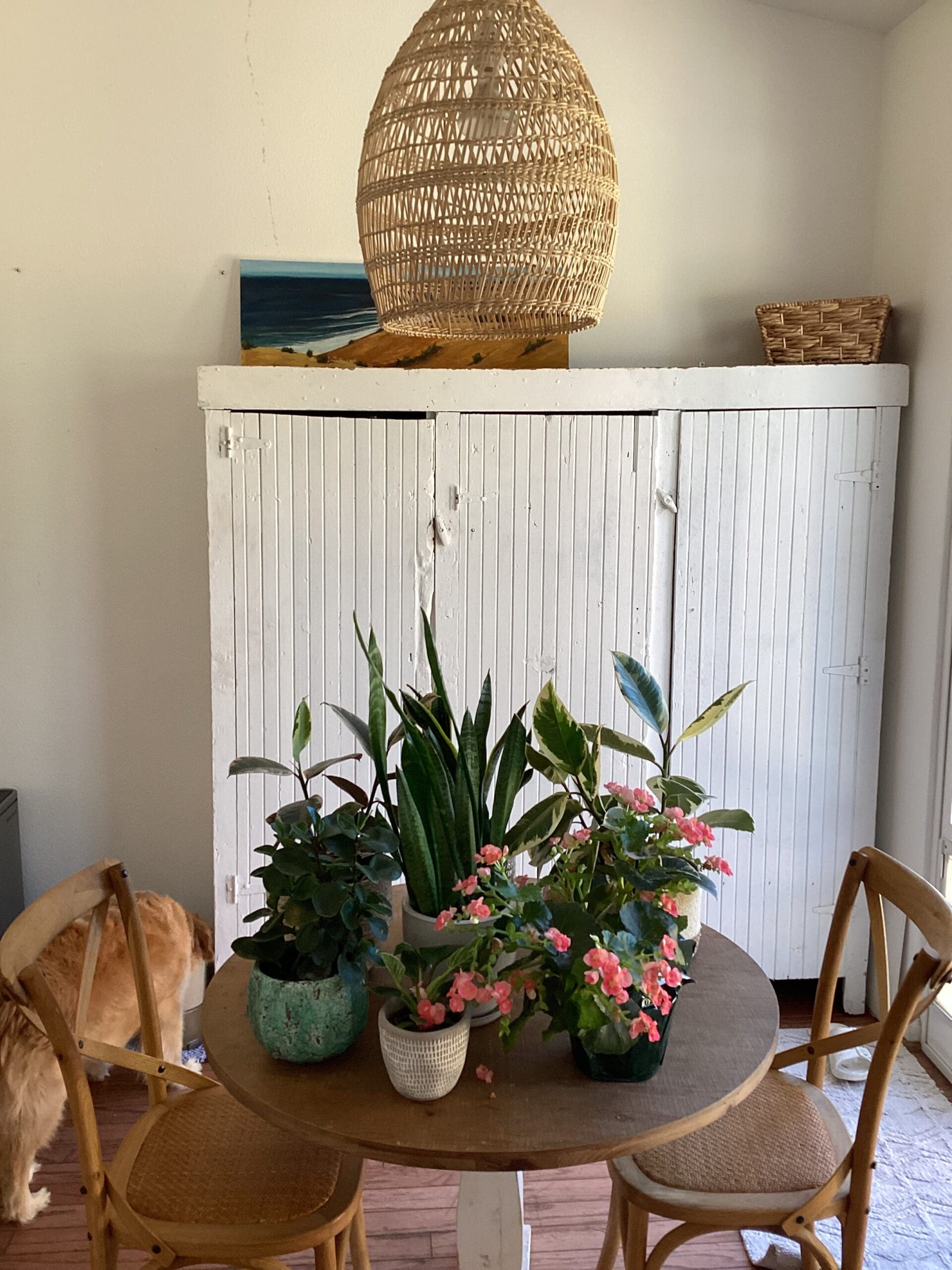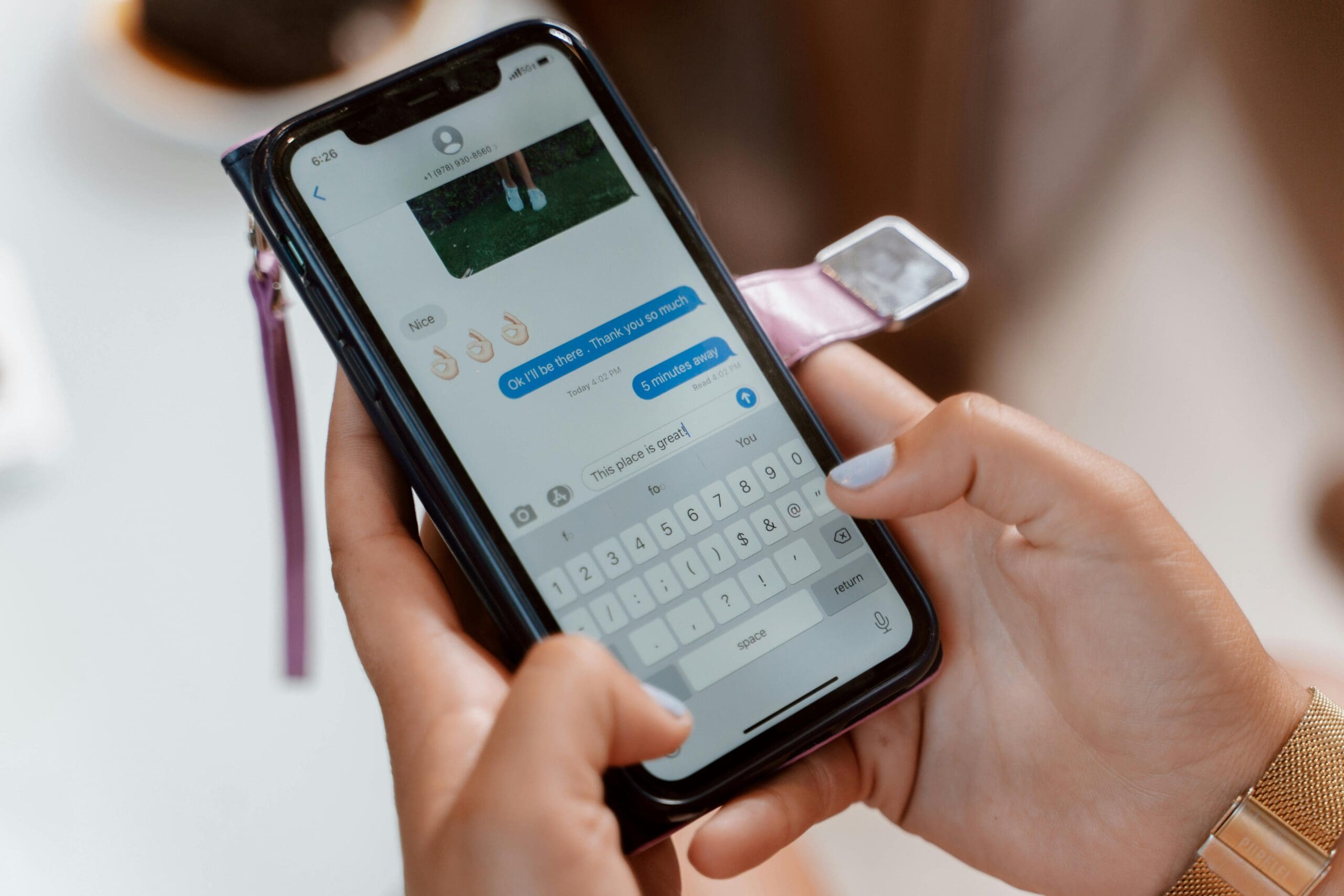I often discuss how social media now enables us to leave this world with more memories of other people’s lives and our own. Yes, you should be terrified when you hear this. It has sparked my interest in exploring how different images and videos affect our brains, minds, and souls.
As a leading voice on the impact of social media on our brains, minds, bodies, relationships, souls, productivity, and society, and the quality of our lives, I wanted to delve deeper into how scrolling through different types of content affects us. I did some research to learn more, and these findings will give us awareness into how the compounding effect social media can have on us throughout our lifetime.
On social media, we can encounter content that inspires, educates, and improves us, or we can come across material that makes us anxious, depressed, mean-spirited, and shapes us into a person we shouldn’t want to be. The gravity of the matter is that the content we consume on social media can shape who we become and the kind of life we will live. Every sight we see and sound we hear impacts us on a physiological, emotional, and spiritual level. This is an important and deeply relevant question in our digital age and should especially concern you if you are a person of faith and want to glorify God with your life.
Seeing good and lovely and true things will make us well in body, mind, and spirit, bursting with light and joy, but if we gaze at dark and troubling things and people who make us feel as though we aren’t good enough, this will impact our minds, bodies, brains, the person we become, and the life we’ll have.
So, here’s a breakdown of what happens in your brain, mind, and body when you view emotionally charged photos and videos — either those that make you feel worse or those that bring you joy. Kudos to Chat GPT for making it easier for us to understand:
🔴 When You See Photos/Videos That Upset You
🧠 Brain
- Amygdala activation: Your brain’s fear center lights up, signaling emotional distress (fear, sadness, insecurity).
- Cortisol release: The stress hormone kicks in, putting your body in a mild fight-or-flight mode.
- Default Mode Network (DMN): This network increases self-focused thought (e.g., “Why isn’t my life like that?”), heightening comparison and rumination.
- Reduced prefrontal cortex activity: Your reasoning and self-regulation weaken, making it harder to think critically or detach.
🧠 Mind
- Negative self-talk and distorted beliefs kick in, like:
- “I’m not good enough”
- “Everyone’s happier than me”
- Emotional memory retrieval: Your mind pulls past experiences or insecurities into the present, reinforcing shame, rejection, or sadness.
- It often creates a loop of emotional comparison, fueled by unrealistic standards.
🧍🏽♀️ Body
- Increased heart rate
- Muscle tension
- Shallow breathing
- Tiredness or tight chest
- Chronic exposure can lead to anxiety, insomnia, or even depression symptoms.
🟢 When You See Photos/Videos That Bring Joy
🧠 Brain
- Dopamine release: You feel pleasure and reward, especially with memories tied to love, laughter, and accomplishment.
- Oxytocin: Triggered by photos of loved ones or meaningful moments, promoting bonding and calm.
- Hippocampus: Activates positively as it retrieves joyful memories and reaffirms your life story and values.
- Prefrontal cortex: Engaged in gratitude, reflection, and savoring.
🧠 Mind
- You may think:
- “That was a beautiful time”
- “I’m grateful for this part of my life”
- Positive identity reinforcement: These moments strengthen your sense of self and purpose.
- Can increase hope, motivation, and contentment.
🧍🏽♀️ Body
- Relaxed muscles
- Deeper breathing
- Warmth in chest or face (parasympathetic response)
- Boosted immunity and reduced inflammation over time when joy is regularly experienced.
⚖️ Summary Comparison
| Trigger Type | Brain Response | Mind Experience | Body Reaction |
|---|---|---|---|
| 📉 Negative Social Content | Amygdala, cortisol, DMN, self-judgment | Shame, comparison, sadness, anxiety loops | Stress symptoms: tension, fatigue |
| 📈 Positive Personal Media | Dopamine, oxytocin, memory centers, gratitude | Joy, belonging, identity, warmth, reflection | Calm, openness, healing response |
Conclusion:
The media you consume literally reshapes your emotional and physical state — often without you realizing it. That’s why curating what you see (and pausing harmful content) is a powerful form of self-care and mental health protection.
I hope this helps you be more aware of how important it is to be mindful of the content you consume. We must ask ourselves, what kind of person do I want to become, and how do I want to feel?
What are your takeaways?






